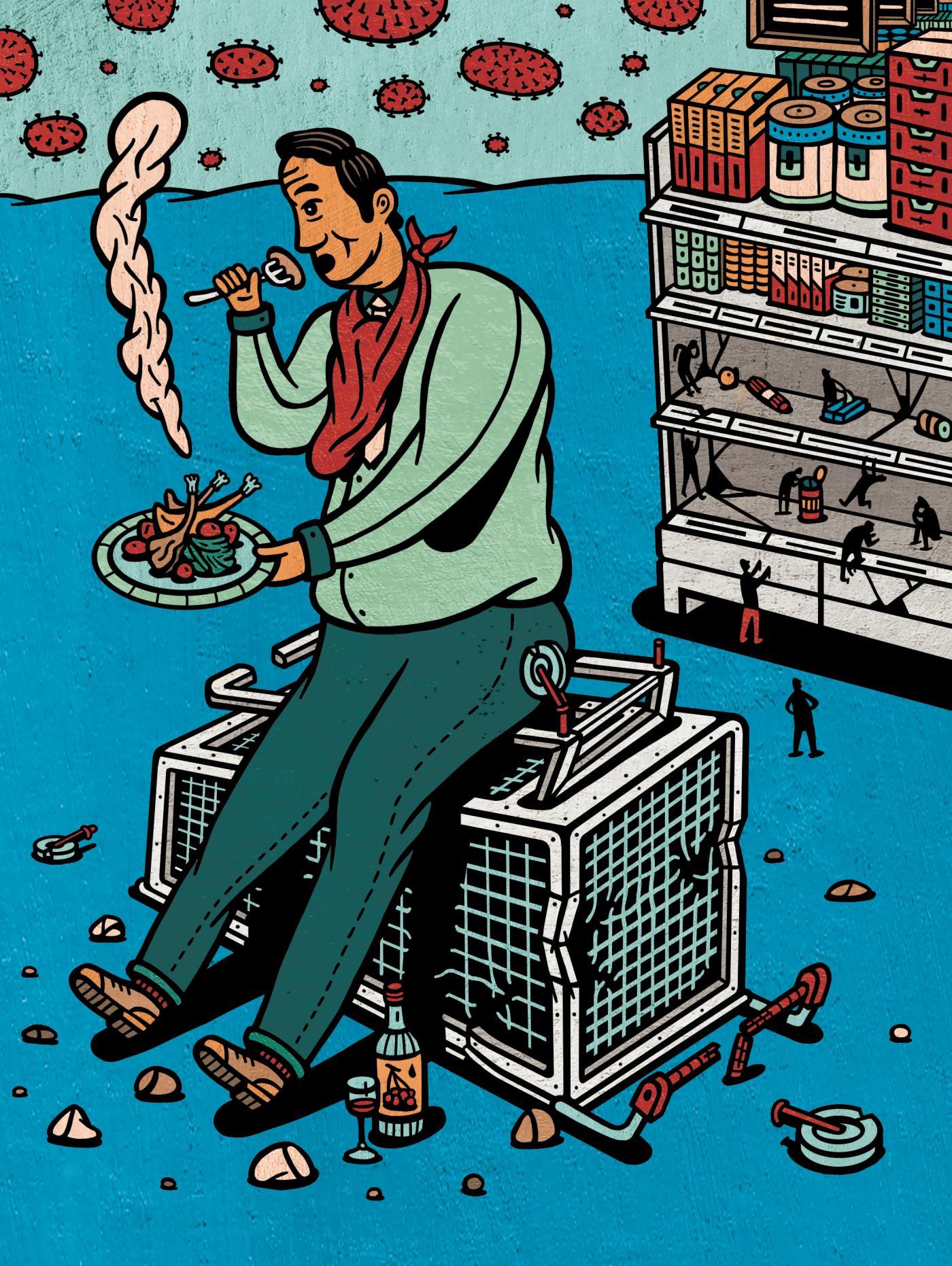Hunger hits home: The pandemic reminds us that food insecurity isn’t just ‘over there’
Hunger and malnutrition unleashed by COVID-19 could carry the impact of the pandemic far into the future.

The pandemic has changed how we see hunger today, both around the world and in the United States. The global health crisis became an economic calamity followed by a nutrition catastrophe. As businesses shut down, job losses mounted, supply chains shattered, and schools that had provided vital meal programs closed, access to food and nutrition was radically interrupted, and in many cases severely limited, for billions of people. The World Food Programme — the United Nations agency in charge of emergency food distribution as well as school meal programs in numerous countries — warned that an additional 270 million people were facing grave hunger, with children most at risk. Nutritionists predicted that stunting, which already affects nearly one of every four children in the world, would surely rise. Researchers, writing in the medical journal The Lancet, estimated that more than 6 million children would suffer wasting (severe underweight) and that as many as 10,000 children could die from malnutrition every month in the coming year.
The pandemic has made hunger and malnutrition more immediate, more urgent, more threatening. And that is not only happening in lower- and middle-income countries. It has also had a profound impact in one of the richest, most bountiful countries in the world, exposing a national oxymoron: hungry Americans.

Hunger has become more personal for many Americans than at any time since the Great Depression. As the pandemic paralyzed the economy and jobs and incomes vanished, we have seen massive demand at food banks and pop-up relief pantries — perhaps we have even been there ourselves or recognized our relatives, friends, neighbors, or co-workers in those crowds. We have seen highways come to a standstill with epic traffic jams at drive-through bread lines. We’ve seen the mad scramble to replace the subsidized breakfast and lunch programs once provided by now-closed schools. We’ve experienced the frantic dash to grab whatever food remains on the shelves of the grocery stores. At the same time, we’ve seen farmers plowing under crops and dumping milk and euthanizing livestock because their regular customers — the restaurants, schools, and businesses — have stopped buying.
We’ve seen all this and we are shocked. But we shouldn’t be.
Americans hold tight to the belief that ours is a land of everlasting bounty, with amber waves of grain stretching majestically across the fruited plain, from sea to shining sea. We sing of how “God shed his grace on thee” — on America. We believe ourselves to be the world’s breadbasket, with the richest soils, the best farmers, the most advanced technologies that allow us to feed the planet’s hungry, wherever they may be. We could imagine that a global health crisis would turn into a hunger crisis “over there” somewhere, in Africa or India perhaps. But in America? No way.
It is the lie we tell ourselves, blinding us to the 40 million fellow citizens who, even before the pandemic, struggled to come up with their next meal. But now we see. The pandemic has forced us to look. The truth is that while we may indeed feed the world, we don’t feed all our own citizens. It’s not that we can’t. It’s that we won’t. We allow hunger to abide.
The truth is that there have always been lines at food pantries, where the shelves are always in desperate need of replenishing; that the ceaseless wave across the fruited plain is one of schoolchildren heading to cafeterias for free meals; that the one thing that does stretch from sea to shining sea is a network of 60,000-plus food pantries and soup kitchens that outnumber McDonald’s restaurants by more than 4-to-1.

